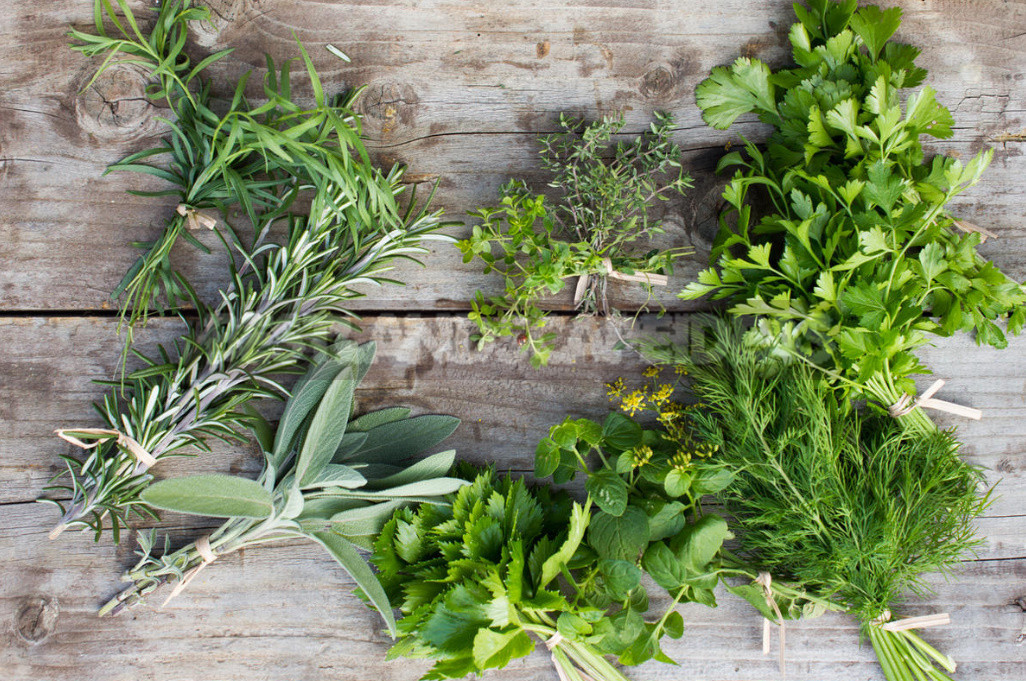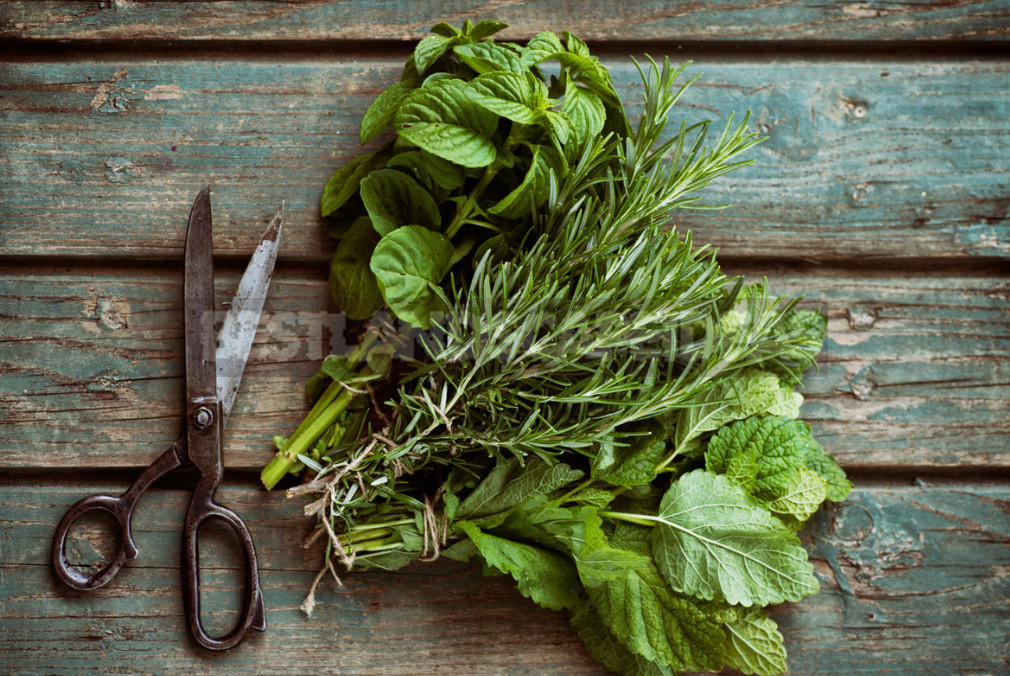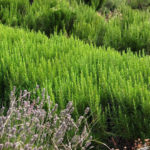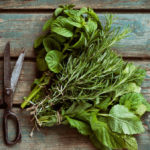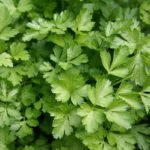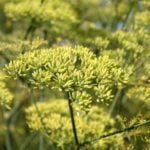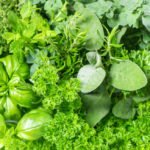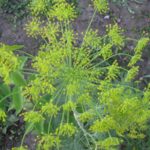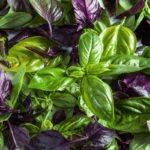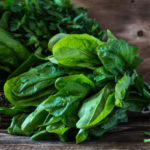Petroselinum crispum
This culture in the performance and specific recommendations, probably does not need — there is hardly a garden, where in the garden would not grow parsley.
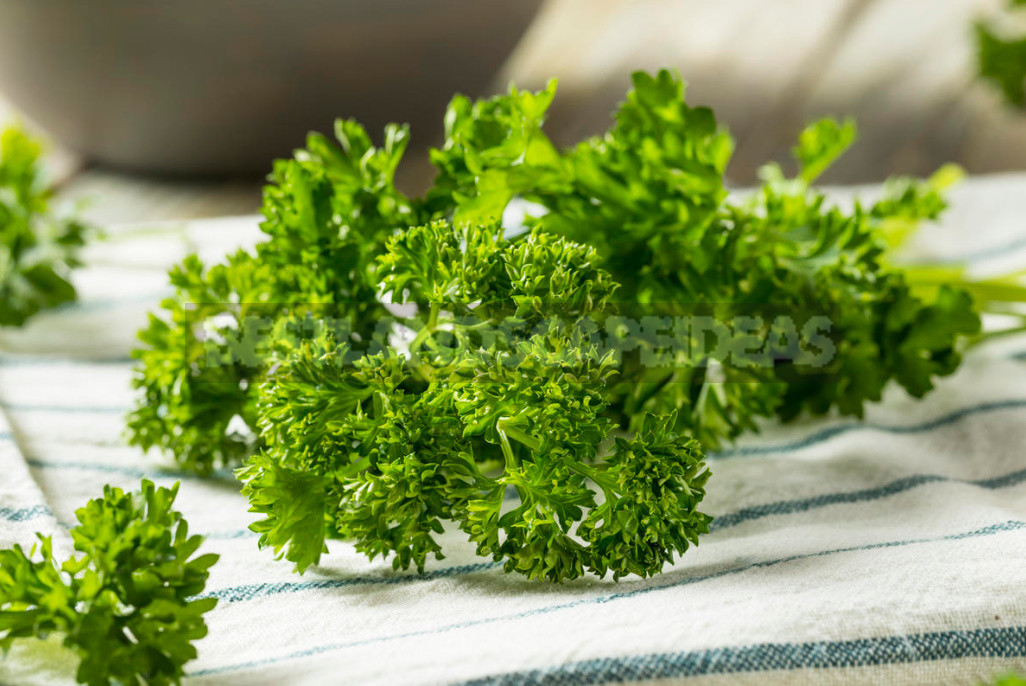
For medicinal and cosmetic purposes, the herb, roots and seeds of the plant are used, which have anti-inflammatory, antispasmodic, analgesic, carminative, diuretic, expectorant, mild laxative effect. Preparations Petroselinum crispum contribute to the improvement of the gastrointestinal tract, kidneys and bladder; excretion of salts and toxins; normalization of metabolism.
Externally, decoctions and infusions of parsley are used for various skin diseases, baldness, insect bites, as well as for skin care, whitening freckles and age spots.
Contraindications to the use of drugs parsley are hypotension (low blood pressure), anemia, gastritis with high acidity of gastric juice, acute kidney disease; pregnancy is recommended to be careful and consult with your doctor.
For medicinal purposes, parsley leaves are used (harvested in the first year of vegetation, dried in the shade outdoors or use fresh raw materials); roots (harvested in the autumn at the end of the first year of vegetation or early spring in the second year, dried in dryers at a temperature of +50…+60 degrees to breakage); seeds (harvested in the second year of vegetation, after maturation, dried in a well-ventilated area). Shelf life of leaves and seeds — 1 year, roots — 2 years.
Apium graveolens
Many summer residents have already appreciated the health benefits of this culture. And let the cultivation of celery requires trouble with seedlings, it’s worth it!
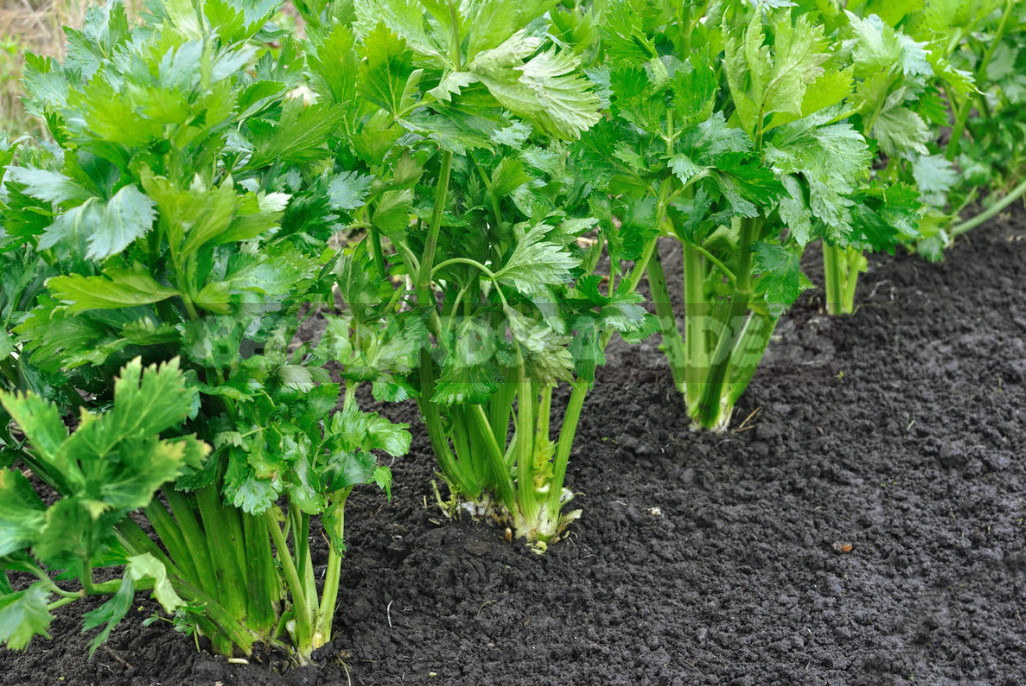
Apium graveolens has a tonic, strong tonic, anti-inflammatory, wound healing, analgesic, antispasmodic, carminative, diuretic, mild laxative, sedative, antitumor effect; promotes the normalization of metabolism, increases appetite, helps cleanse the body of toxins and toxins, has a beneficial effect on the nervous and cardiovascular system, increases potency in men.
Externally, the preparations of this plant are used for skin diseases, purulent wounds, trophic ulcers; in home cosmetics — for the preparation of masks, lotions and creams. Celery juice (alone or mixed with the juices of other vegetables and herbs) is considered a real elixir of health and longevity — it is effective not only in the treatment but also for the prevention of many diseases, has a restorative effect, helps to prolong youth.
Healing properties have all parts of the plant, all its forms — and root, and petiole, and celery will benefit the body. Contraindication to the use of celery drugs is increased acidity of gastric juice.
Carum carvi
As a seasoning, spices Carum carvi is widely used in cooking, but in country gardens it is not too common.
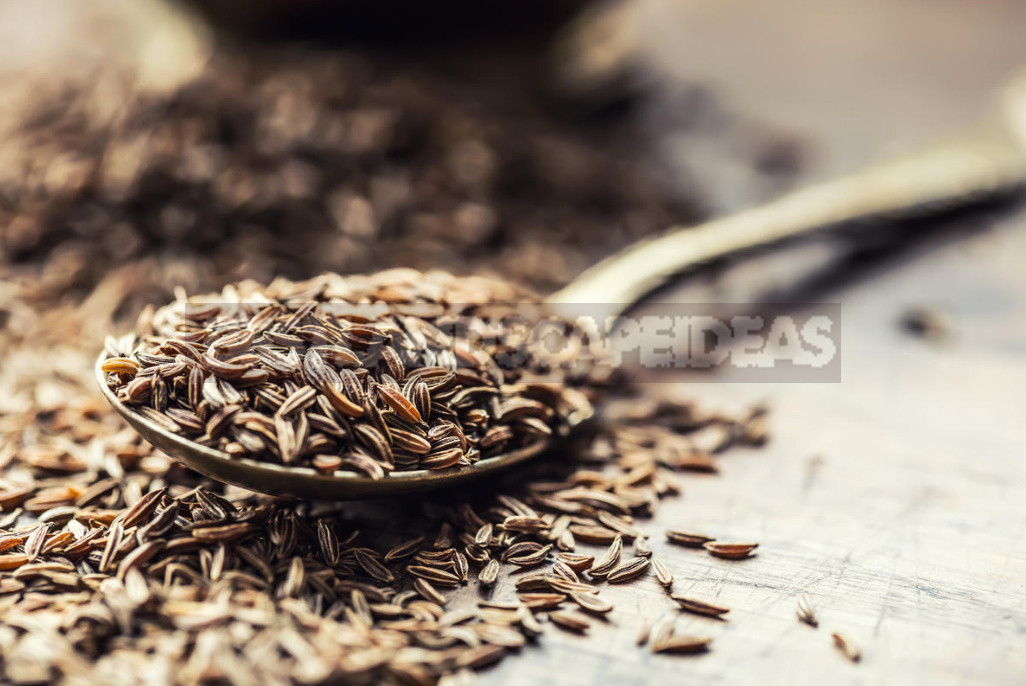
Medicinal properties have leaves and seeds of the plant, but most often in recipes of traditional medicine seeds are used. Carum carvi drugs are used as antispasmodic, mild laxative, carminative, anti-inflammatory, expectorant and antimicrobial.
Carum carvi successfully relieves gastric and intestinal colic, helps to get rid of nausea, improves lactation in nursing women, saves from toothache and headache. Its included in various laxative, carminative, stomachic and sedative herbs. In home cosmetics infusions and tinctures of seeds are used for oily seborrhea and acne.
In pregnancy, treatment with cumin is recommended to refuse. The individual intolerance of the preparations of this plant.
Carum carvi seeds are harvested as they Mature. Stems with umbrellas cut, tie bundles and dried, hanging in a well-ventilated area or under a canopy in the open air. The dried raw material is threshed, the seeds are sifted, clearing of debris and impurities. Shelf life — 2 years.
Salvia
In cooking and folk medicine use Salvia sclarea and Salvia officinalis. Their properties are similar in many ways.
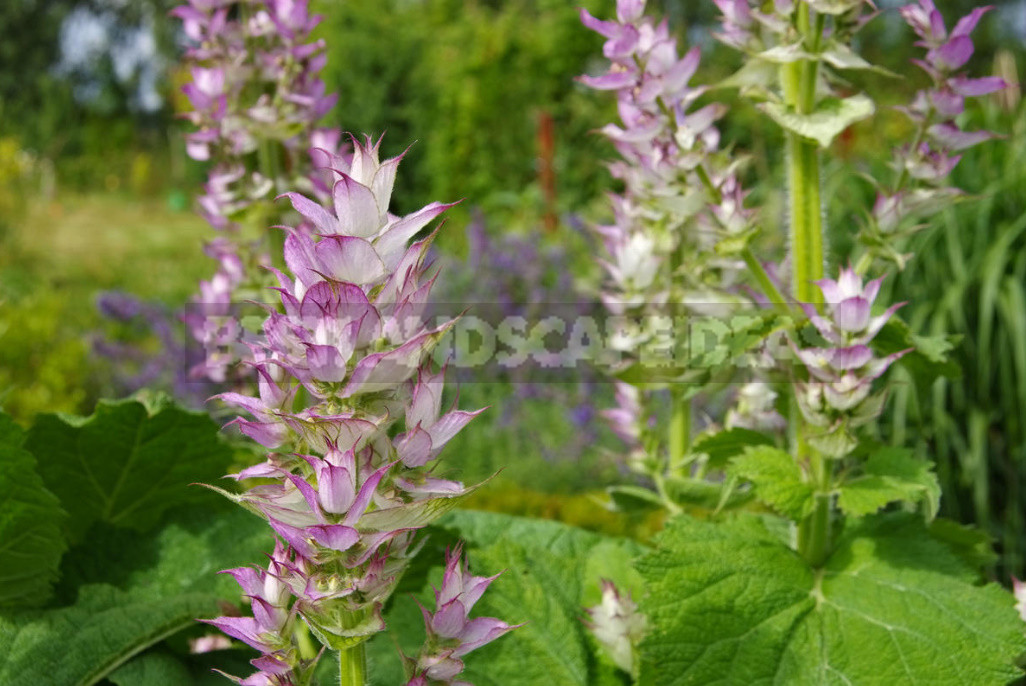
For the treatment of diseases Salvia began to be used in ancient times; he was credited not only healing, but also magical properties. But even without any miracles, this plant deserves to find him a corner in the garden.
Salvia has a strong bactericidal, soothing, anti-inflammatory, astringent, hemostatic, tonic, anticonvulsant effect. Preparations of this plant are used to treat diseases of the respiratory system, gastrointestinal tract, liver and gallbladder, nervous system. Salvia is very useful for women — it is used for painful menstruation, amenorrhea, various health disorders during menopause.
Externally, Salvia is used for rinsing with toothache, inflammation in the mouth and throat, insect bites, gynecological diseases (douching, sedentary baths). With the help of Salvia strengthen hair and stop their loss; take care of acne skin; make masks for aging skin.
However, the treatment with Salvia should take into account contraindications: acute inflammatory diseases of the stomach and intestines; kidney disease; reduced thyroid function; endometriosis, uterine fibroids; hypotension; pregnancy and breastfeeding. It is not recommended to take long-term medications Salvia (you need to take a break for 10 days every month); it is important to follow the recommended dosage.
Medicinal raw materials are the leaves of Salvia, harvested in summer (before flowering) or autumn. Dried under a canopy or in a dryer at a temperature of +50…+60 degrees. Shelf life — 1.5 years.
Tarragon or estragon
Tarragon, aka tarragon, has a peculiar aroma and spicy taste. It is a kind of wormwood found in wild form in Central Asia, southern Siberia, the far East, as well as in some European countries, China and North America.
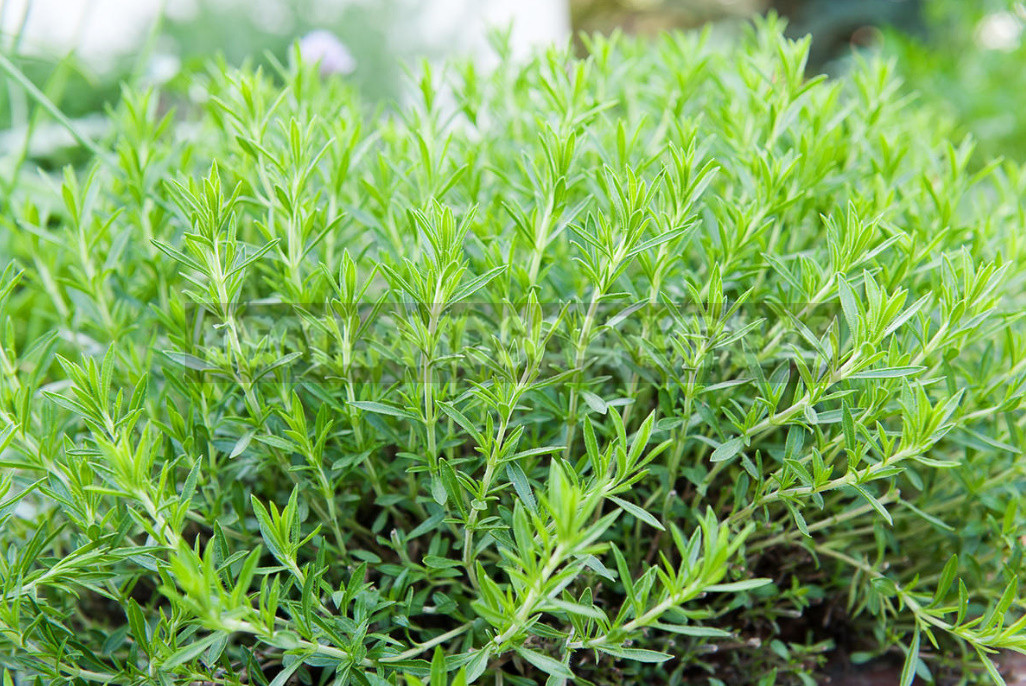
Estragon has anti-inflammatory, antipyretic, diuretic, choleretic, carminative, anthelmintic, wound healing, antispasmodic, soothing effect. It stimulates the digestive system, increases appetite, is an effective blood purifier; useful in diabetes, vitamin deficiency; used as a restorative.
It is not recommended to use tarragon in acute inflammatory diseases of the stomach and intestines, as well as during pregnancy.
Spicy herbs are a source of health
The world of herbs is extremely diverse, and most of them have healing properties. Skillfully using these plants, you can not only diversify the taste of familiar dishes, but also to prevent or cure many ailments.
Of course, it is hardly possible and it is necessary to grow in the country all kinds of spicy plants — the choice is usually determined by the taste preferences and capabilities of the gardener. But sometimes we pass by useful herbs only because we do not know about their wonderful properties, and I hope that in this collection everyone has found something new, useful and interesting.
